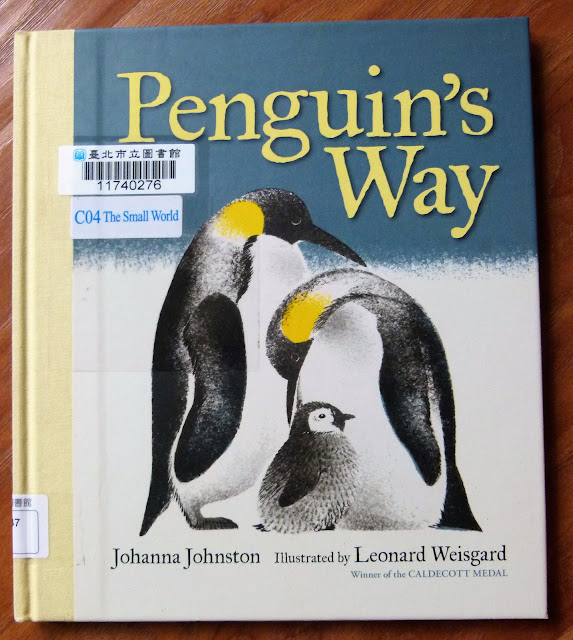This is a second list of the books about polar regions that we've read. First list is right HERE.
This time all the books are in English and most of them were borrowed from the local library.
This pile of books we took home and read them while working on the Polar Regions project.
This time all the books are in English and most of them were borrowed from the local library.
Ania loved browsing through all the books in library. She chose many, many books about animals living in polar regions. Some of them were not that long so she read them on spot:
WHY ARE THE ICE CAPS MELTING? THE DANGERS OF GLOBAL WARMING
from a series "Let's Read and Find Out Science" in an easy way explains the dangers of global warming. It's suitable for early elementary kids.
ANIMALS OF THE ICE SEAS
is full of information about seals, whales, walruses and other animals living in and close by to the freezing seas.
LIVING IN A WORLD OF WHITE
How do animals survive the cold, cold weather
Scholastic's Discover More POLAR ANIMALS
is full of beautiful photographs and graphics. The layout is eye catching not only for kids.
THE BEST BOOK OF POLAR ANIMALS
from Kingfisher publisher
WHALES
all you need to know about these wonderful mammals.
BRRR! A BOOK ABOUT POLAR ANIMALS
And Ania's favourite book
THE MAGIC SCHOOL BUS PRESENTS POLAR ANIMALS
PENGUIN'S WAY
is a beautiful picture story book about emperor penguins.
A WHALE OF A TALE!
All the information about the sea creatures is written in rhyme, it makes it quite easy to memorise.
POLAR WORLDS
is a bit more difficult as it deals not only with animals, but with other information about polar regions - the people living there, the climate and global warming.
The last two books are from our home library:
Ania's second favourite book is of course from the series
MAGIC TREE HOUSE
POLAR BEARS PAST BEDTIME
After reading all these books, Ania became an expert on polar regions.





























Comments
Post a Comment